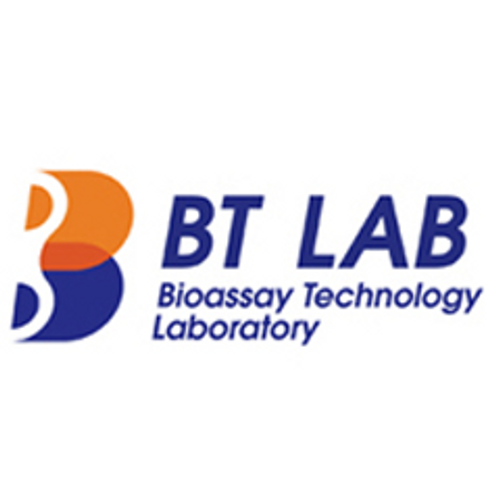Product Description
Rat Glutamic acid decarboxylase autoantibody IgG (GAD-Ab-IgG) ELISA Kit | AE62734RA | Abebio
Species Reactivity: Rat (Rattus norvegicus)
Abbreviation: GAD-Ab-IgG
Alternative Name: N/A
Application: ELISA
Range: Request Information
Sensitivity: Request Information
Intra-Assay: ≤4.7%
Inter-Assay: ≤9.8%
Recovery: 0, 98
Sample Type: Serum, Plasma, Other biological fluids
Detection Method: Competitive ELISA
Analysis Method : Qualitative
Test Principale: This assay employs the competitive enzyme immunoassay technique. The microtiter plate provided in this kit has been pre-coated with an antibody specific to GAD-Ab-IgG. Standards or samples are then added to the appropriate microtiter plate wells with a Horseradish Peroxidase (HRP) -conjugated GAD-Ab-IgG and incubated. The competitive inhibition reaction is launched between with HRP labeled GAD-Ab-IgG and unlabeled GAD-Ab-IgG with the antibody. A substrate solution is added to the wells and the color develops in opposite to the amount of GAD-Ab-IgG in the sample. The color development is stopped and the intensity of the color is measured.
Product Overview: Glutamate decarboxylase is an enzyme that catalyzes the decarboxylation of glutamate to GABA and CO2. GAD uses PLP as a cofactor. In mammals, GAD exists in two isoforms encoded by two different genes - GAD1 and GAD2. These isoforms are GAD67 and GAD65 with molecular weights of 67 and 65 kDa, respectively. GAD1 and GAD2 are expressed in the brain where GABA is used as a neurotransmitter, GAD2 is also expressed in the pancreas. At least two more forms, GAD25 and GAD44 (embryonic; EGAD) are described in the developing brain. They are coded by the alternative transcripts of GAD1, I-80 and I-86: GAD25 is coded by both, GAD44 - only by I-80. GAD65 and GAD67 synthesize GABA at different locations in the cell, at different developmental times, and for functionally different purposes. GAD67 is spread evenly throughout the cell while GAD65 is localized to nerve terminals.
Stability: The stability of ELISA kit is determined by the loss rate of activity. The loss rate of this kit is less than 5% within the expiration date under appropriate storage condition. The loss rate was determined by accelerated thermal degradation test. Keep the kit at 37°C for 4 and 7 days, and compare O.D.values of the kit kept at 37°C with that of at recommended temperature. (referring from China Biological Products Standard, which was calculated by the Arrhenius equation. For ELISA kit, 4 days storage at 37°C can be considered as 6 months at 2 - 8°C, which means 7 days at 37°C equaling 12 months at 2 - 8°C) .
 Euro
Euro
 USD
USD
 British Pound
British Pound
 NULL
NULL








